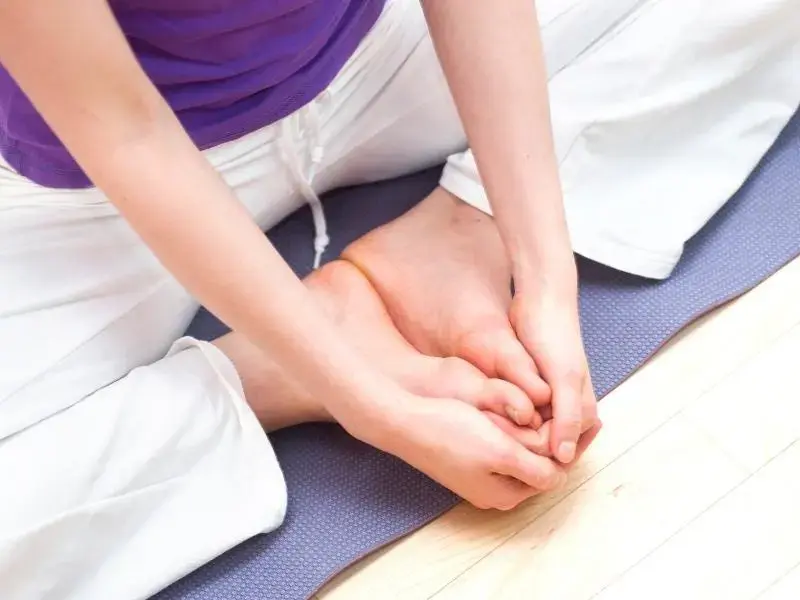What is my Psoas?
- Loren Wooldridge
- Sep 13, 2023
- 3 min read
Introduction
Have you ever heard of the psoas muscle? It's a special muscle in our body that helps us move and stand up straight. In this blog, we'll talk about what the psoas muscle does, why it's important, and what can go wrong with it.

What Is the Psoas Muscle?
The psoas muscle is a long, thick muscle deep inside our body. It starts in our lower back, goes through our pelvis, and attaches to our leg bone. This muscle helps us do things like lifting our knee, walking, and even sitting down.
What Does the Psoas Muscle Do?
Lifting Your Leg: When you lift your knee up towards your chest, the psoas muscle is at work. This is how you can take steps when you walk, climb stairs, or ride a bike.
Keeping Your Back Steady: The psoas muscle helps keep your back strong and steady. This is really important for standing up straight and not pulling your lower back into an increased curve
Breathing: Surprisingly, the psoas muscle is also involved in breathing. It connects to your diaphragm, a big breathing muscle, and helps it move when you breathe. This helps your lungs fill up with air.
Emotions: Some people think the psoas muscle can hold onto tension when you're stressed out. When it's tight, it might make you feel stressed or worried. Mindfullness and breath work can help you feel better emotionally.
Common Problems with the Psoas Muscle

Getting Too Tight: Sometimes, if you sit a lot or too little activity, your psoas muscle can get too tight. This tightness is usually due to weakness of the muscle. This can cause pain in your lower back, hips, or make your posture difficult to maintain.
Lower Back Pain: A tight psoas muscle can pull on your lower back and make it hurt. It's like a tug-of-war with your back muscles.
Problems with Your Hips: When the psoas muscle is tight, it can make your hip joint not move smoothly. This can hurt and make it hard to move your hips. You will see this especially when the leg needs to move behind your trunk, like in running.
Breathing and Tummy Troubles: Since the psoas muscle connects to your diaphragm, it can cause breathing problems and even stomach issues if it's not working right.
Emotions: Remember how the psoas muscle might hold onto feelings? That can make you feel stressed or worried if it's not relaxed. It also can become tight if your stressed. It's amazing but your emotions have a major impact on your muscles.
The psoas muscle may be deep inside your body, but it's super important. It helps you move, stand up straight, and even breathe. But sometimes, it can get tight and cause problems like back pain or emotional stress. To keep your psoas muscle happy, remember to open up your hips and spine with moves like cobra, keep it strong with toes to bar, and relax by getting enough sleep. This way, you can feel better and stay healthy.
Stay tunes for the next blog related to the psoas in which we teach you how to test it for tightness as well as some treatment strategies if it does prove to be just that.

Have you ever heard the term concierge medicine and wondered what the heck that is? Well, check out this blog post that answers this exact question!




Comments